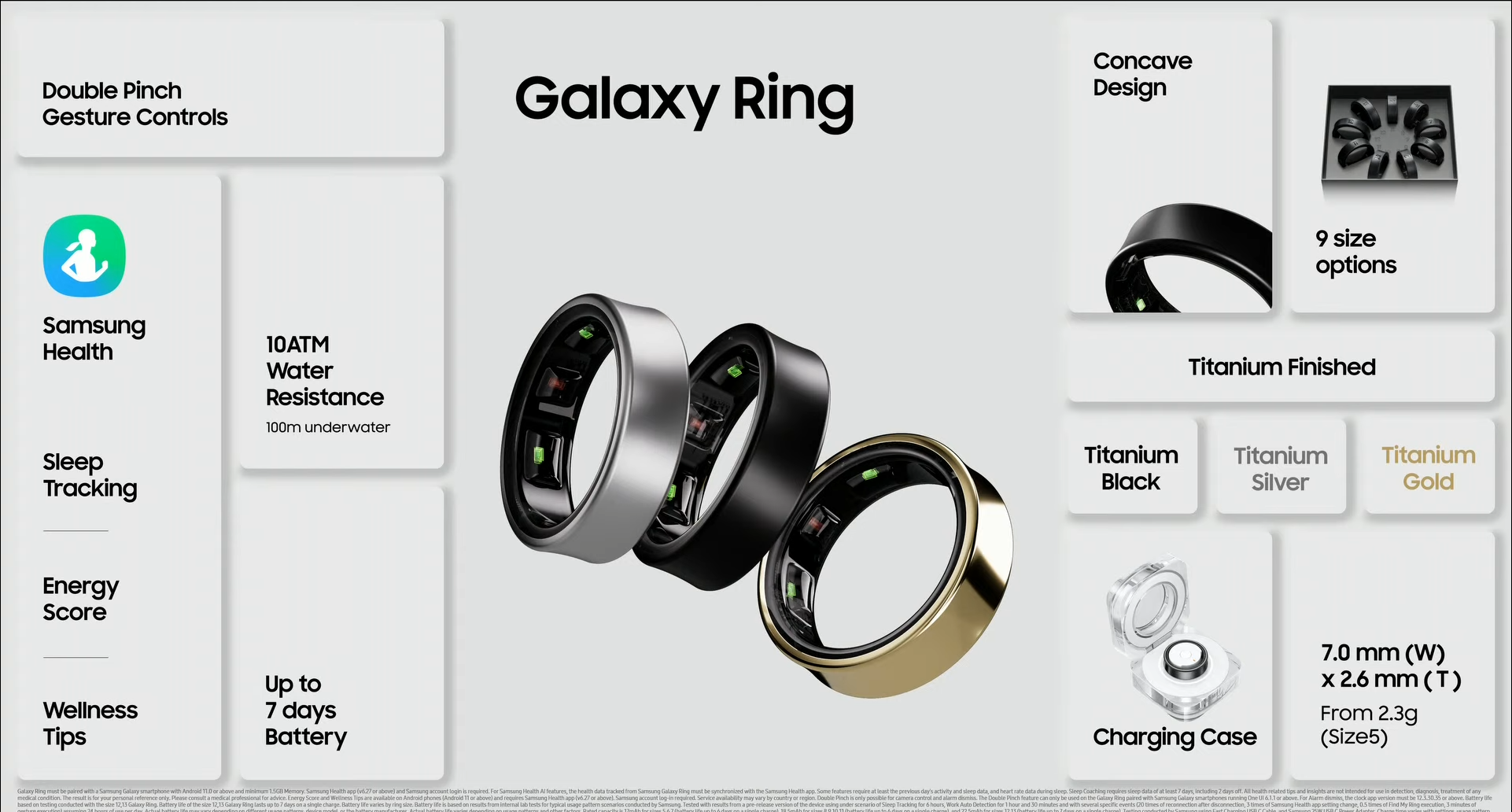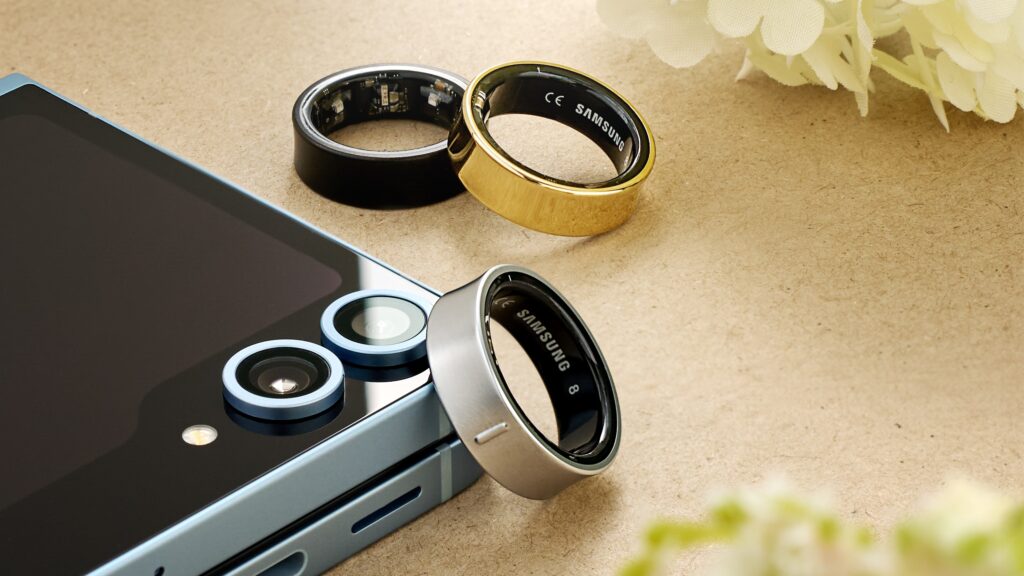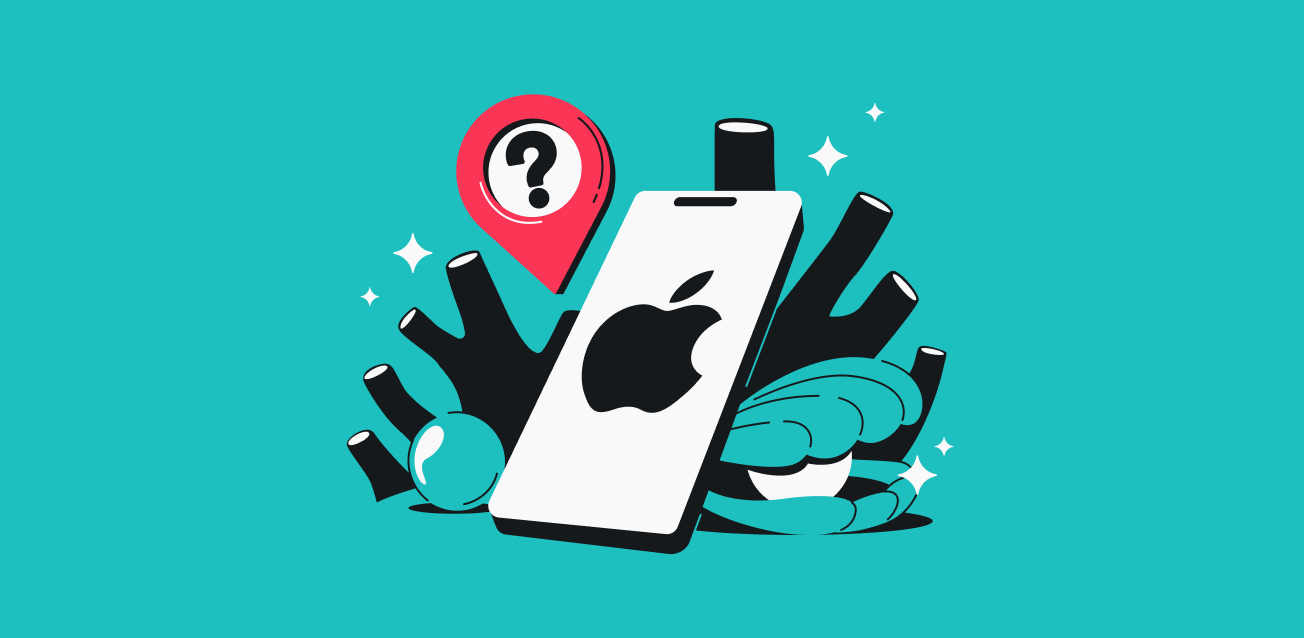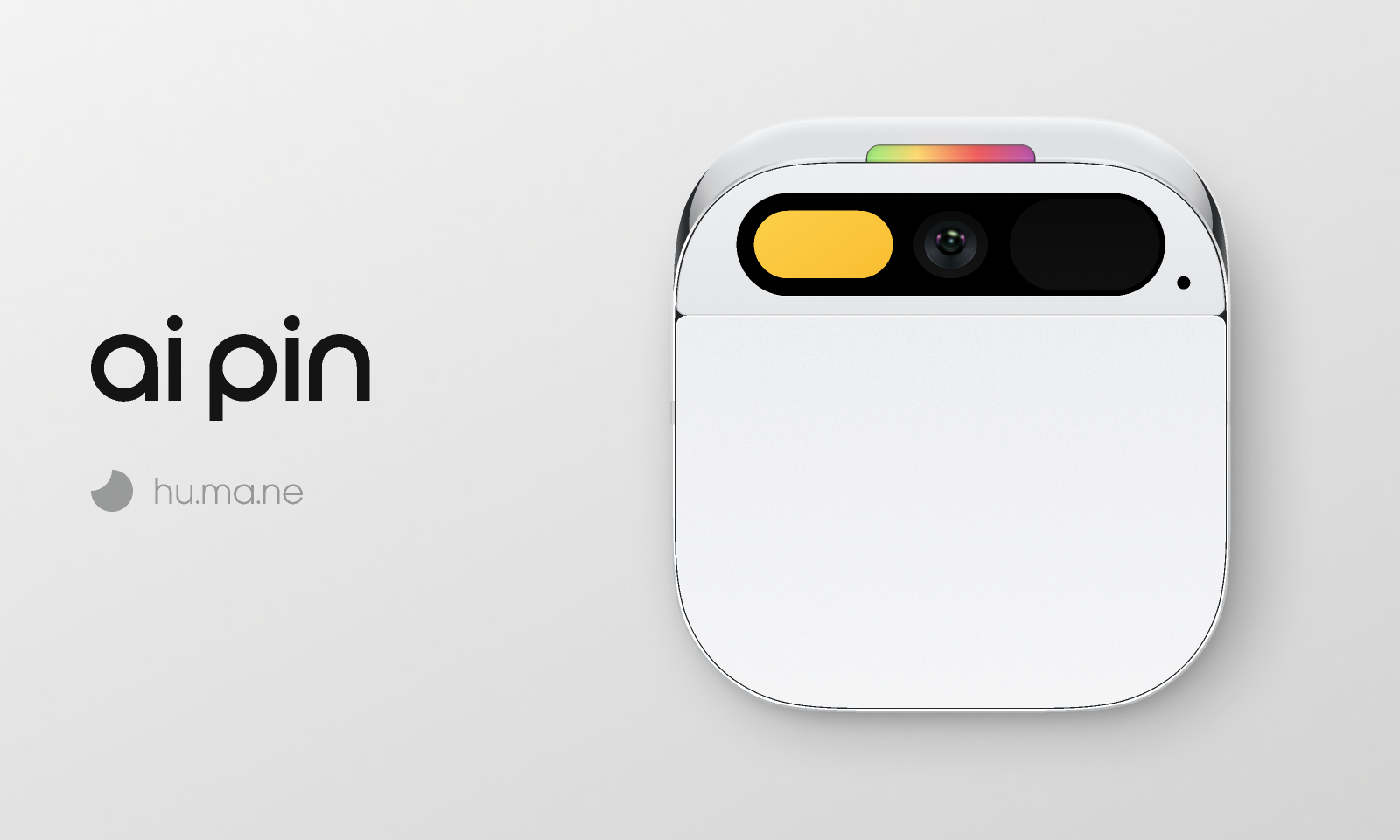Exploring the Samsung Galaxy Ring: Is It Worth the Hype?
December 10, 2024 | by ranazsohail@gmail.com

Smart rings have been around for a while now. The Oura Ring, for example, launched about 10 years ago through Kickstarter. The main advantage of these rings is that you can wear them 24/7—around the clock, every day of the week. With a seven-day battery life, you don’t have to worry about constantly charging it. You can wear it while living your life—eating, sleeping, showering, swimming—just like any regular ring.

Design
What stands out to me most about the smart ring is how closely it mimics the look and feel of a regular ring. If you have smaller fingers, it may look a bit bigger, but it’s only 2.6 millimeters thick, so it fits comfortably around your finger. It’s not tiny, but I’m honestly amazed by how much tech they’ve managed to pack into such a small form. Sure, it’s a small battery and a few basic sensors, but when combined, they give you an activity tracker that you can put on at the start of the week and forget about. No need to stress about charging—it stays on day and night, providing you with useful insights into your health, sleep, and energy levels. That’s the ideal scenario, anyway.
Since I’ve never worn a ring before, it took a little getting used to having something on my finger all the time. There are also some best practices to keep in mind when wearing this kind of smart ring.
Best Practices
First off, it’s important to wear the ring the right way. The sensors are all on the same side of the ring, lined up at the bottom, with a small notch. To get the best readings, make sure the sensors are aligned with the palm side of your hand. Also, for the most accurate results, it should be worn on your index finger, not your ring finger. Once it’s on correctly, you’ll see all your data in the Samsung Health app, including calories burned, steps taken, and miles covered. All of that contributes to an energy score out of 100.
I tested the ring while also wearing my Apple Watch Ultra at the same time, and I noticed some pretty big differences between the two. The ring seemed to be over-counting regular activity but didn’t track nearly as many floors climbed for some reason. The numbers just didn’t line up. There was one point when I took the ring off around 10:00 PM (more on that later), but it still showed heart rate data until 3:00 AM, even though I wasn’t wearing it. That was odd. In the past, I’ve done tests walking 1,000 steps with different devices and they were all within a few percent of each other, so based on that, I’m inclined to trust the watch’s numbers over the ring’s.

Ring Sizing
Let’s talk about sizing for a second, because with rings, you only get one shot—there’s no adjusting like you would with a watch. You’ve probably seen Samsung’s ring sizing kit. It’s available for $10 on their site, and it comes with a bunch of different plastic ring sizes, complete with little nubs inside for the sensors. You try them on, figure out which one fits comfortably but securely, and that’s the size you’ll order. Plus, you get $10 off your ring purchase.
I bring this up because I definitely messed up when I used the sizing kit. I either used the wrong finger or just made some mistake, because I ended up with a size 11, which was way too big. It felt loose and not very comfortable. I also noticed gaps in my sleep data, which likely meant the ring was slipping off while I slept and wasn’t tracking anything. So, I swapped it for a size 10, and it was way better.
By the way, I learned that the index finger is actually a much better spot for wearing a ring with sensors like a heart rate monitor than the back of your wrist. This is something no one really talks about with smartwatches: the back of your wrist is a terrible place for tracking vital signs. So if you want to monitor your health, the ring is the way to go.
Benefits
Here’s what I’ve learned after wearing this smart ring for a while. The benefits are still solid. For one, it’s definitely easier to wear than a watch 24/7. The battery life is fantastic—about a week long—which is a big plus. You can almost forget you’re wearing it after a few days, and it’s super comfortable. Plus, it’s versatile. You don’t have to worry about matching it to your outfit—it’s just a simple, sleek titanium design that looks good anywhere. It comes in three colors: gold, silver, and matte black, and the matte black one feels like it was made for me.
That said, I’ve realized I’m just not really into smart rings. It’s not the ring itself; it’s more about my lifestyle. For the activities I care most about, I can’t have anything on my hands. Take ultimate Frisbee, for example—there’s a lot of throwing and catching, and wearing a ring just isn’t practical. The same goes for golf, where it just doesn’t work. And during weight training, when grip is key, I can’t have a ring getting in the way. For all of these activities, I end up taking the ring off, which kind of defeats the purpose of having a fitness tracker that’s supposed to track everything.
I did try wearing it for some lighter workouts, and while the auto workout detection is a nice feature, it didn’t work that well for me with these lighter sessions. If the workout isn’t intense enough to really spike my heart rate, it didn’t always pick it up. The same thing happened with sleep tracking—I had a couple of nights where the ring thought I went to bed much later than I actually did. I was already in bed earlier, but I didn’t realize the ring hadn’t detected it.
Ultimately, if I’m taking the ring off for my most important workouts, it’s clear this isn’t the best activity tracker for me. For my lighter workouts, I found that my wrist device, while not perfect for 24/7 wear, works better. I can manually start a workout, and it tracks exactly what I need it to. So while I really like the concept of the ring, it’s just not the right fit for me, which is a bit of a letdown.

Final Thoughts
What I really like about this device is how it doesn’t distract me with constant notifications. It doesn’t vibrate, make any noise, or even have a speaker. It’s a simple, always-on wearable with just the basics, and you can wear it for up to a week without charging. I think that’s a pretty great idea. Samsung has also created a nice charging case for it, which charges the ring wirelessly from the inside. The case has little LED indicators to show the remaining battery in both the case and the ring itself. Plus, it can recharge the ring up to 1.5 times with its built-in battery.
This isn’t meant to replace a smartwatch; it’s just another product in the same ecosystem. That said, Samsung has really leaned into that ecosystem approach with the Galaxy Ring. There are a few features that only work with Samsung devices, like being able to dismiss alarms or take pictures with a gesture on your Samsung phone. It’s a cool idea, but I don’t think people will use it all that much. And it only works with Samsung Galaxy phones—not any Android phone, just Samsung devices.
I’m using a Samsung phone right now, so I can test these features, but if I had a Pixel or another Android phone, I’d probably just go for an Oura ring or an Ultrahuman ring. They have similar features but work with any Android phone. And this one doesn’t require a subscription, which is definitely a nice perk.
This ring is really aimed at people who already have a Samsung phone and prefer the simplicity of a ring over the more feature-heavy smartwatch. While a smartwatch clearly offers more functionality, it’s also bulkier and less wearable. The ring, on the other hand, is all about being lightweight and easy to wear. That said, there’s one thing I wish it had—maybe a tiny speaker or an ultra-wideband antenna. Something that could help you find it if you lose it, because if you do, good luck. The app does have a “Find My” feature that shows the last GPS location where the ring was connected to your phone. It can also light up the LEDs inside that are used for heart rate tracking, so if you’re in the dark, you might be able to spot it. But if it’s hidden in a pocket or under something, finding it is just as hard as finding any other ring. In fact, that’s exactly what happened to me.
Before I got this one resized, I had another ring that fell off my hand and I never found it. So, Samsung, if you’re reading this—sorry about that!
RELATED POSTS
View all


